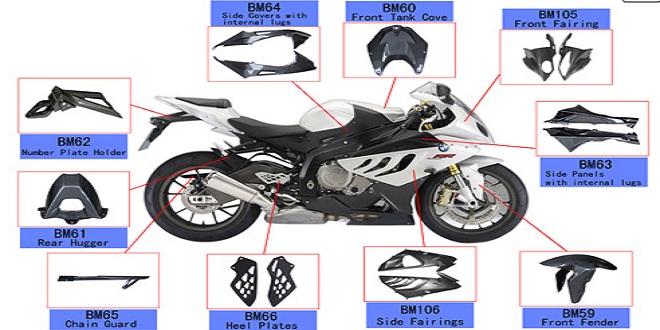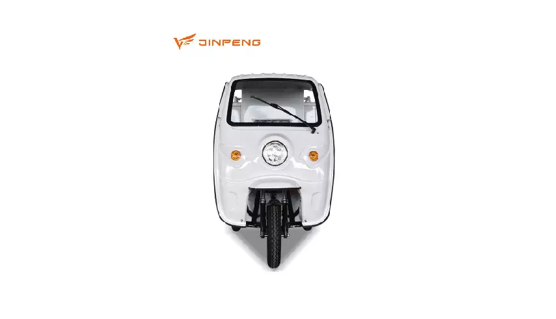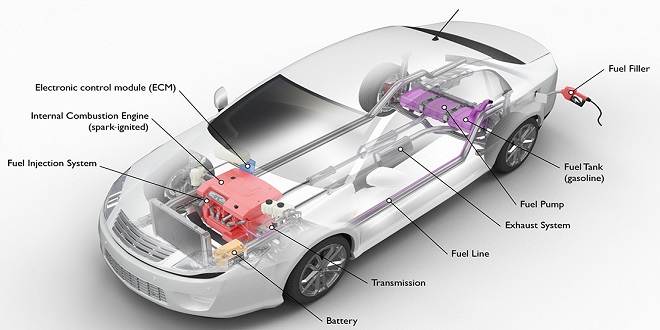Automobile Electric Propulsion Systems

Electric Mobility
Taking into the account traffic flow, the greenhouse effect, pollutant emission, and noise emission, it seems that electric mobility is the best alternative for transport in urban areas. Nevertheless, as shown in Chap, these unique characteristics are prejudiced by severe disadvantages regarding the sources of electric energy and its storage on board vehicles.
It is interesting that, after the introduction of electric locomotives and batteries, mobility in the USA was dominated by electric vehicles and steam engines, despite the fact that vehicles with combustion engines were being developed at the same time with the same intensity. In 1900, 34,000 electric vehicles were registered in the USA. The autonomy was on average 100 km. In 1882, Germany already had urban electric vehicles.
The successful enhancement of internal combustion engines, the low price of crude oil, and its efficient conversion into fuel for mobility led to the temporary cessation of electric automobile production, because of the perpetual problem of insufficient onboard energy.
Motors
Motors have some major advantages as propulsion systems for automobiles:
The torque characteristic is nearly ideal; maximum torque is available from the first revolution of the rotor. Acceleration of the car from a standstill is better than the values obtained with large engines or with super-/turbocharged engines.
Hub motors for front or rear wheels allow optimal connection for four- or two-wheel propulsion. All known stability programs are realizable at justifiable technical complexity.
The requirements for a propulsion motor are similar to those for propulsion engines: high power-to-volume ratio, high power-to-weight ratio, high efficiency, low technical complexity, and low cost. All types of motors work on the basis of electrically generated electromagnetic fields, which induce magnetic forces. A magnetic field can keep the same position (in direct current motors) or rotate. For automobile propulsion, different variants were and are utilized, depending on the power, speed, and efficiency required.
The commutation of the anchor for the adjustment of the current sense to the field direction is realized by collectors. The collectors have mechanical contact with the anchor by means of brushes. The abrasion of brushes is no longer a problem at the present stage of development; their lifetime is as long as the lifetime of the motor itself. However, this principle of collector function limits the maximum speed of a DC motor to approximately
Permanently excited rotating field motors have multiphase windings in the stator and are commuted by an electronic shifter, avoiding brush contact. The function of polyphase motors and some characteristics of synchronous and asynchronous variants.
The design of the rotor permits a lower weight than in the case of DC motors, achieving speed values
Last word
Synchronous motors are more complex than asynchronous variants because of the necessary electric excitation, but the synchronous phase of current and tension allows a higher efficiency to be achieved. Synchronous motor of a Nissan Leaf, with a power of 80 kW and torque of 280 N m. A reluctance motor has a discontinuous magnetic field. Scheme of such a motor. The substantial advantage of this motor is its high efficiency for a broad field of operation.





